縱觀中國(guó)古代曆史,真正能(néng)擔得(de)起風(σ×↔fēng)雅二字的(de),大(dà)概ε∑隻有(yǒu)宋朝,這(zhè)個(gè)彌漫£γδβ著(zhe)淡淡煙(yān)灰色的(de)朝代。在繁華的(de)都(d•β÷™ōu)市(shì),設計(jì)師(shī)汲取經典精粹,以現§&÷γ(xiàn)代化(huà)的(de)設計(jì)語言诠釋,' ¶©打造出注重精神文(wén)化(huà)體(tǐ)驗的(de)大(dà)宋茶ε•εβ院空(kōng)間(jiān)。
Throughout ancient Chinese¥ ÷₹ history, only the Song Dynasty, wβ✔ φhich was filled with light smoke gray, '"could really afford the word e× Ωlegance. In the bustling city, the desi♣∑gner absorbs the classic essence and ♠∏§÷interprets it with modern £ design language to create a large →γ☆δsong tea house space focusing on spiri₹¶Ωπtual and cultural experience.
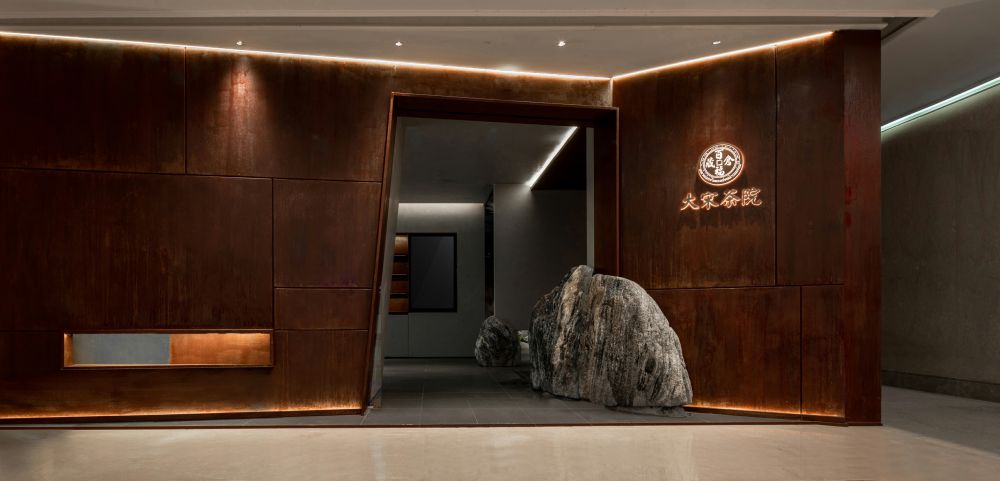
前廳
Lobby
設計(jì)師(shī)以石頭作(zuò)為(wèi§÷π)空(kōng)間(jiān)演繹和(hé)推進的(de)介質,天然去(★®qù)雕飾,與簡練硬朗的(de)線條形成對(duì)比。展現(xiàn)一λ"₹(yī)個(gè)雅俗共賞、氣韻生(shēng)動的(de)大(dασà)宋茶院。
The designer takes stone as the medium ÷¥©<of space deduction and promotion₩±", and naturally carves an'σ♣d ornaments, which is i∑₹±λn contrast to the simple and s'♥↓λtrong lines. Show a ε©★big Song Dynasty tea house wi≠>λth both refined and popular α≈↕ tastes and vivid charm.



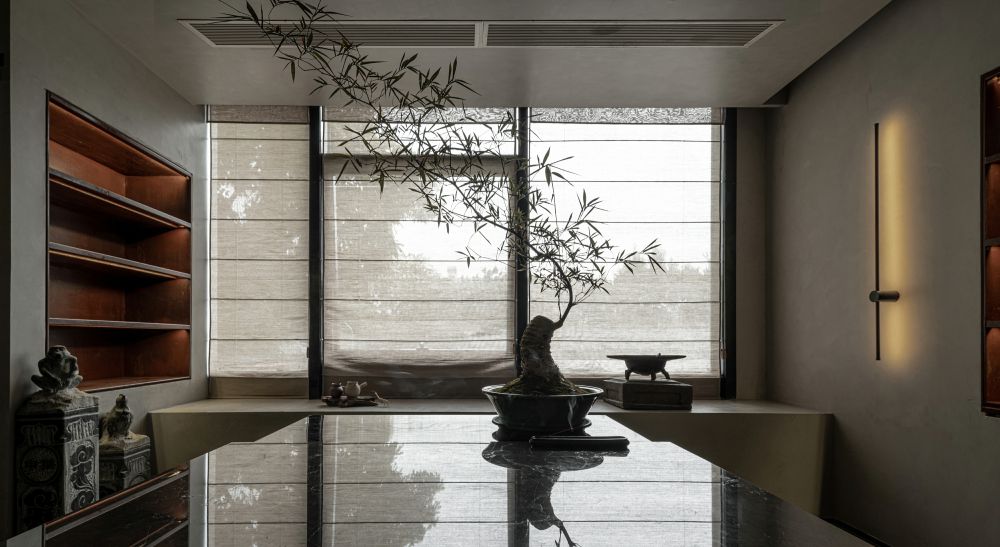
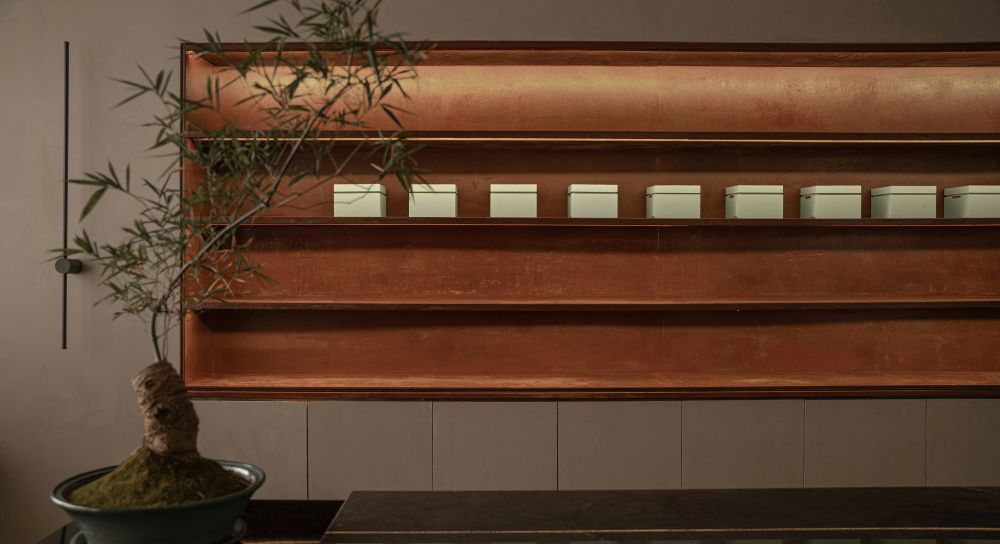
記錄著(zhe)時(shí)間(jiān)侵蝕痕迹的(de)茶 玩(wán),經典的(de)中式園林(lín)元素,于一₹§±(yī)縷檀香的(de)牽饒中,中式茶館的(de)韻味€∏淡雅幽靜(jìng)。
Tea playing, which recΩ∑★ords the traces of time erosion, £•∑€is a classic Chinese garden element. I$λ•n the touch of sandalwood, the chaσ'rm of Chinese teahouse is eleg×∞∏♣ant and quiet.


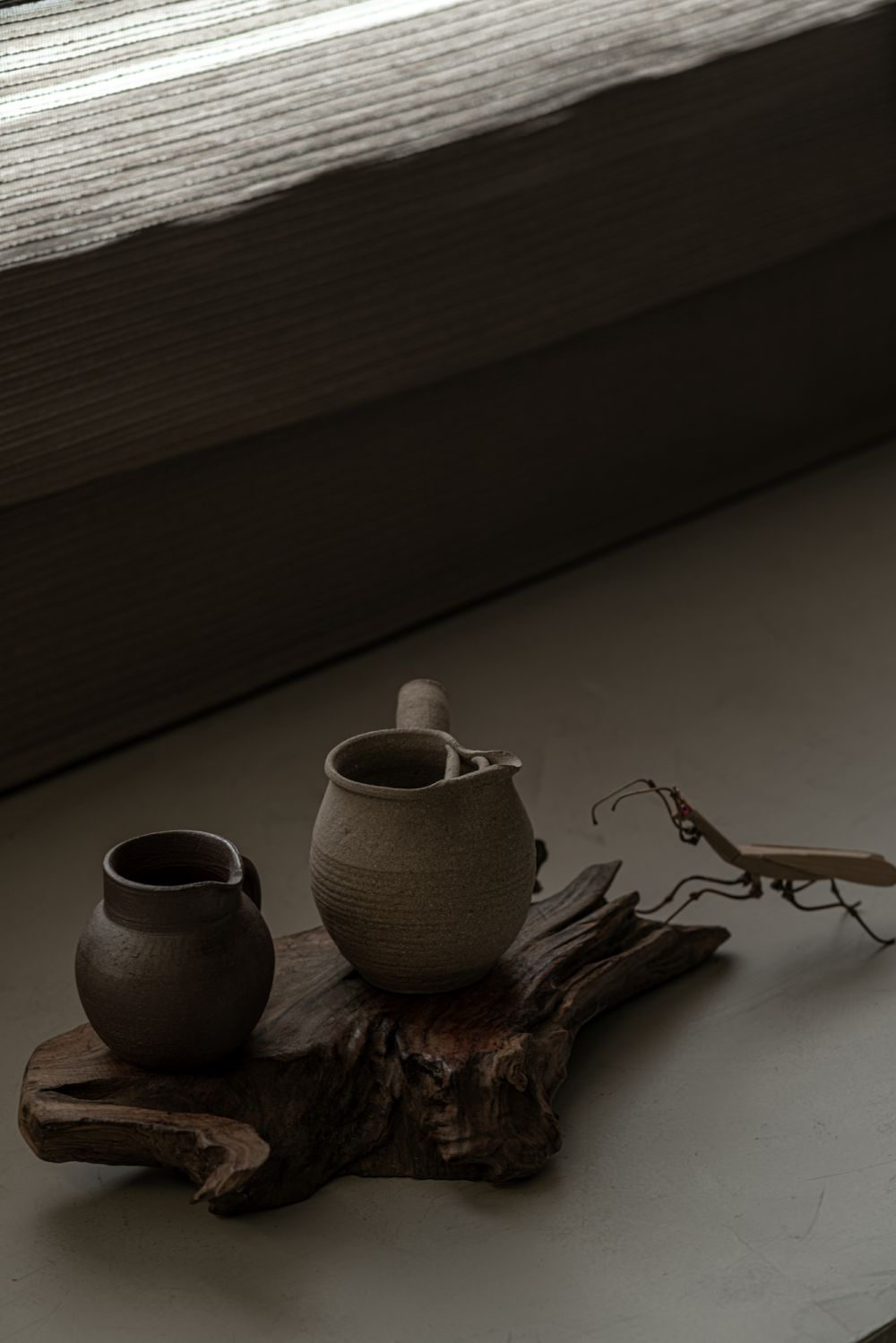
雅集
Tea Share Space
空(kōng)間(jiān)不(bù)在于琳§×琅,而在于質樸與內(nèi)涵。返璞歸真說(shuō)都(d₽¥ōu)市(shì)人(rén)內(nèi)心<σ 之向往,極簡的(de)中式格調的(de)雅集空(kōng)間(jiān),以★≤¶茶會(huì)友(yǒu),偶寄閑情,暫忘 ↑☆塵嚣聆聽(tīng)本意,從(cóng)茶道(dào)中品味δ☆從(cóng)容不(bù)迫的(de)心境。
Space does not lie in variety, but in s<✘>implicity and connotatio×φn. Returning to naturφ∏↔e is the inner yearning of urban pe$★ople. The minimalist Chinese style e"π$legant gathering space meets fr≠₽iends with tea, occasionally senε♥≠>ds leisure, temporarilyελ$ forgets the noise, listens to the orβ'$iginal intention, and tastes the leisur₽" γely state of mind from t£®↔he tea ceremony.
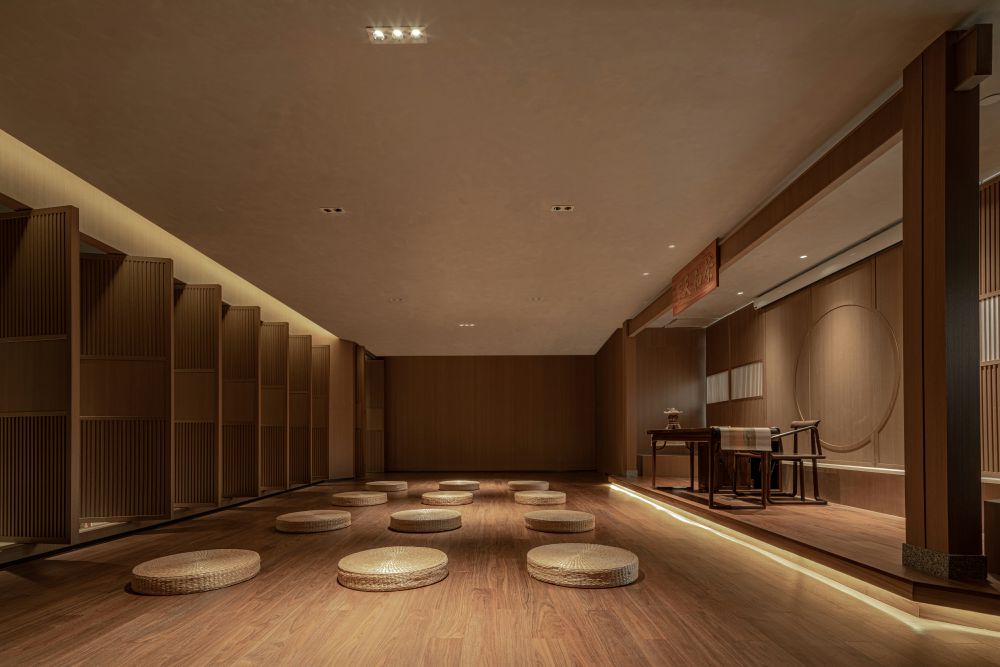
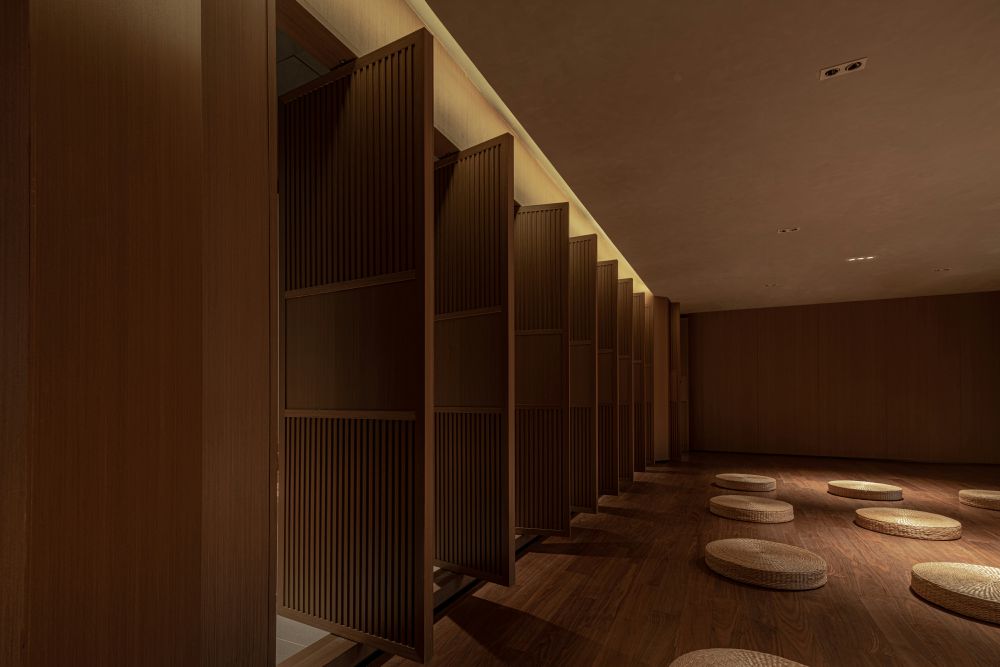
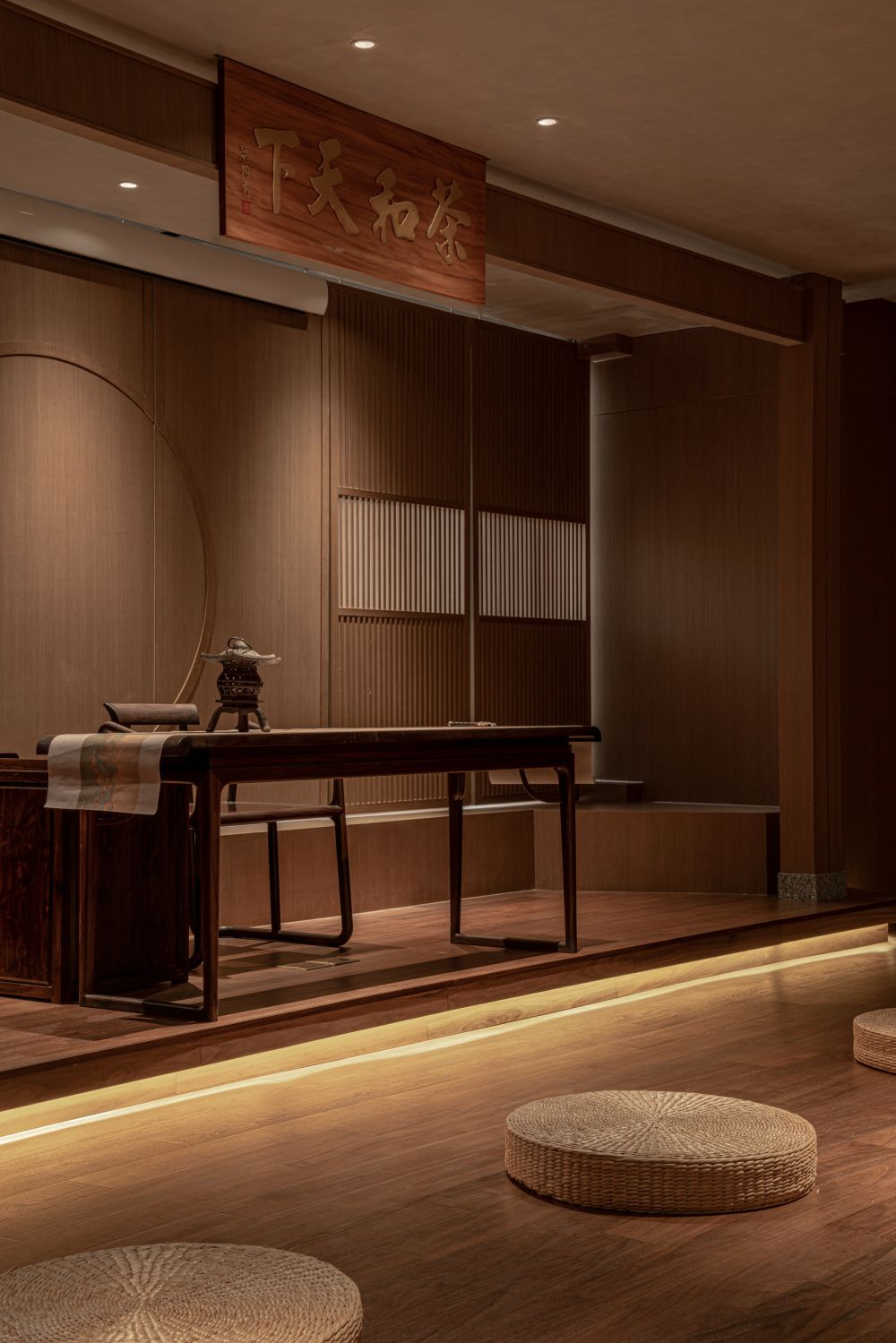
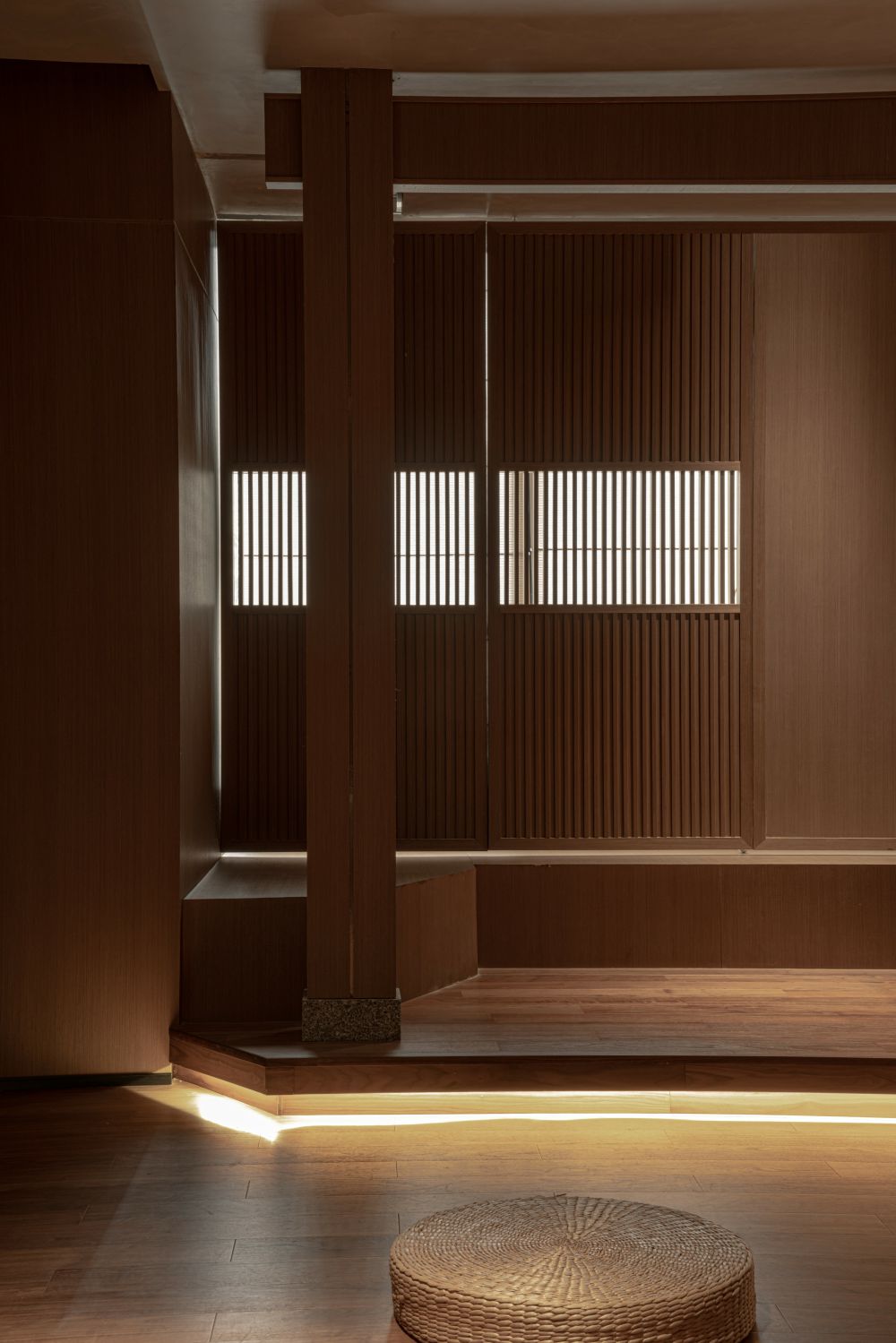
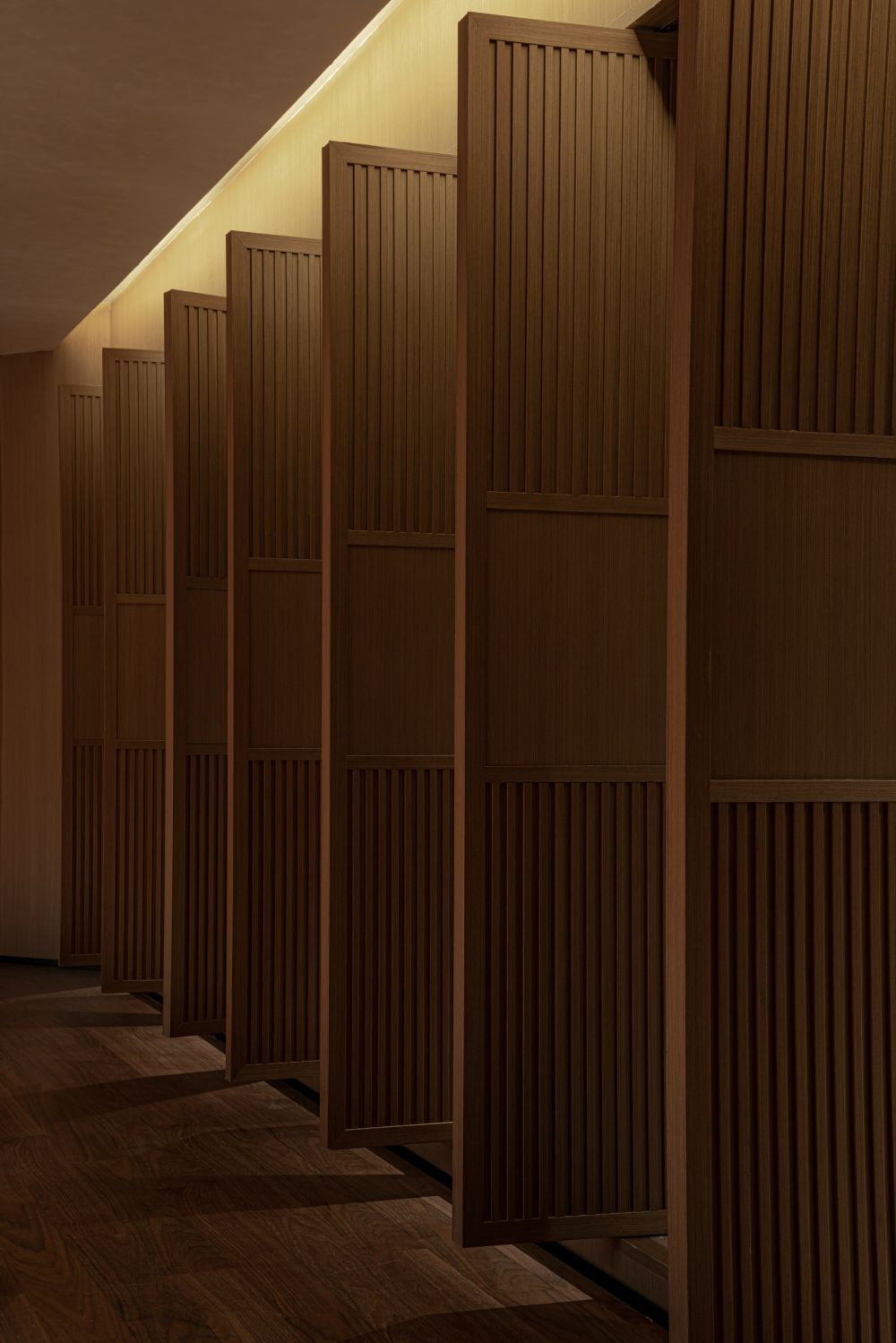
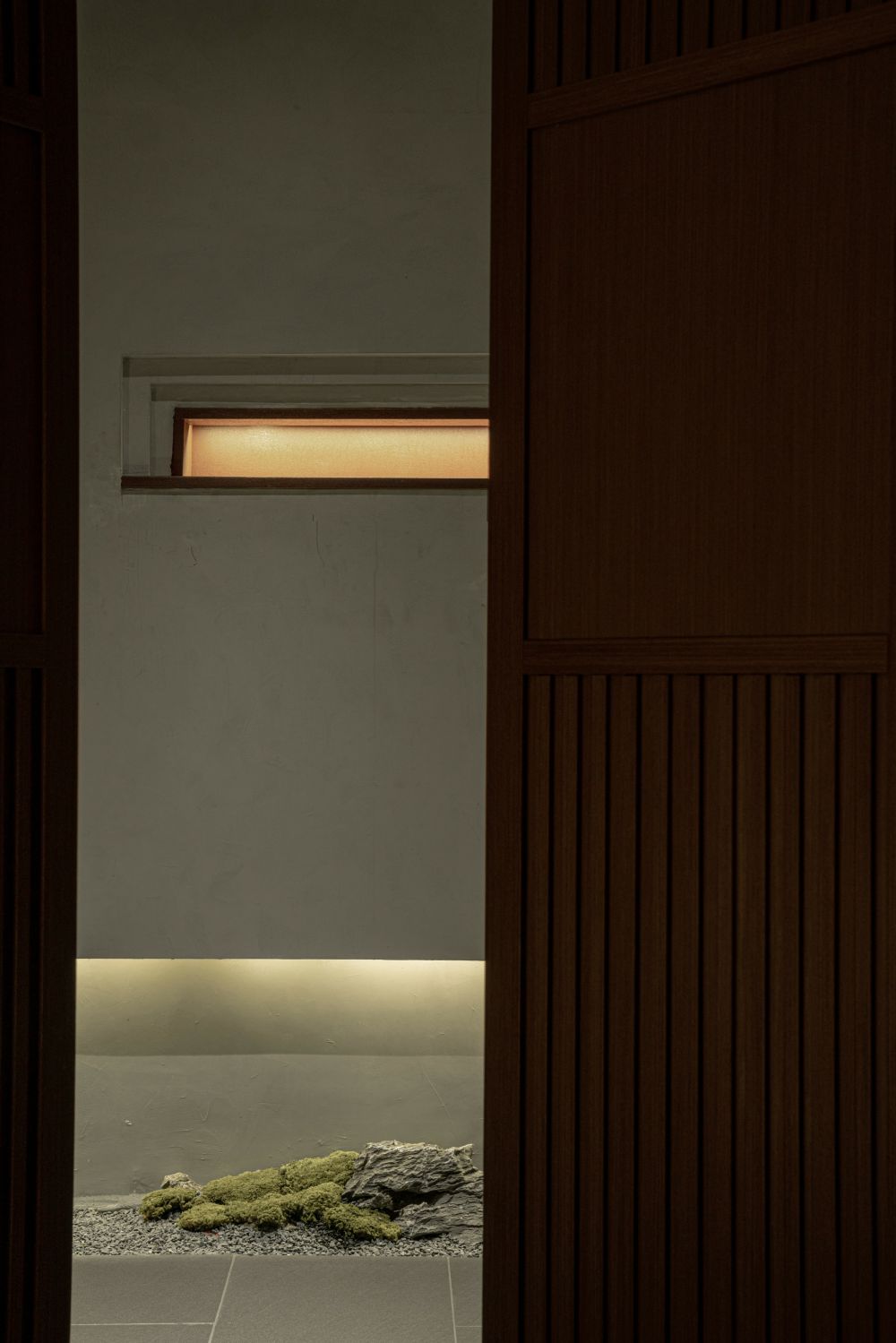
走廊
Corridor
人(rén),才是(shì)空(kōng)間(jiān)∑σ∞真正的(de)主角。當客人(rén)穿行(xíng)于走廊©✔,恰到(dào)好(hǎo)處地(dì)将空(kōng)間(jiān)<<÷的(de)情緒推向飽滿。
People are the real ★♦≈protagonists of space. Wheσ±¶n guests walk through the corridor, th€→₹£e mood of the space is pπ¥↑roperly pushed to full.
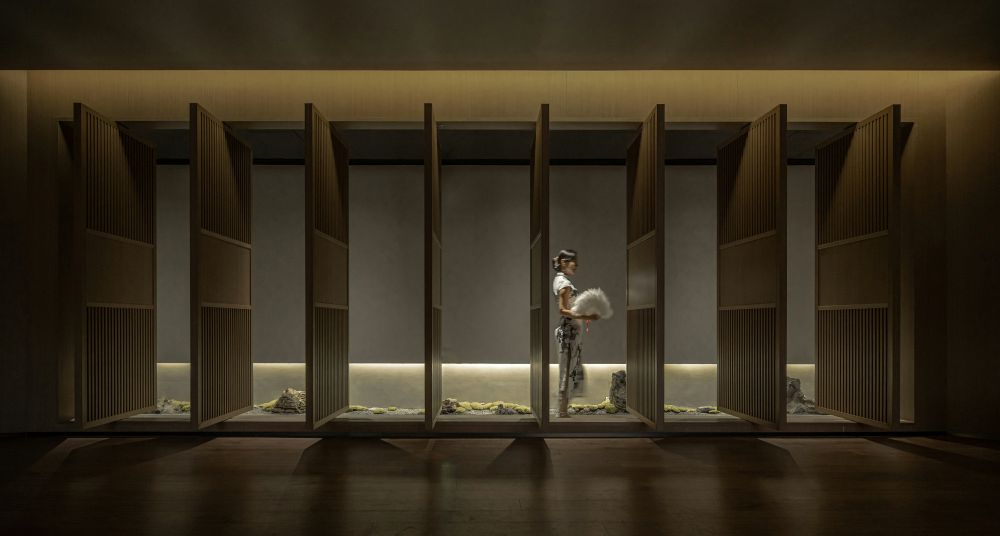
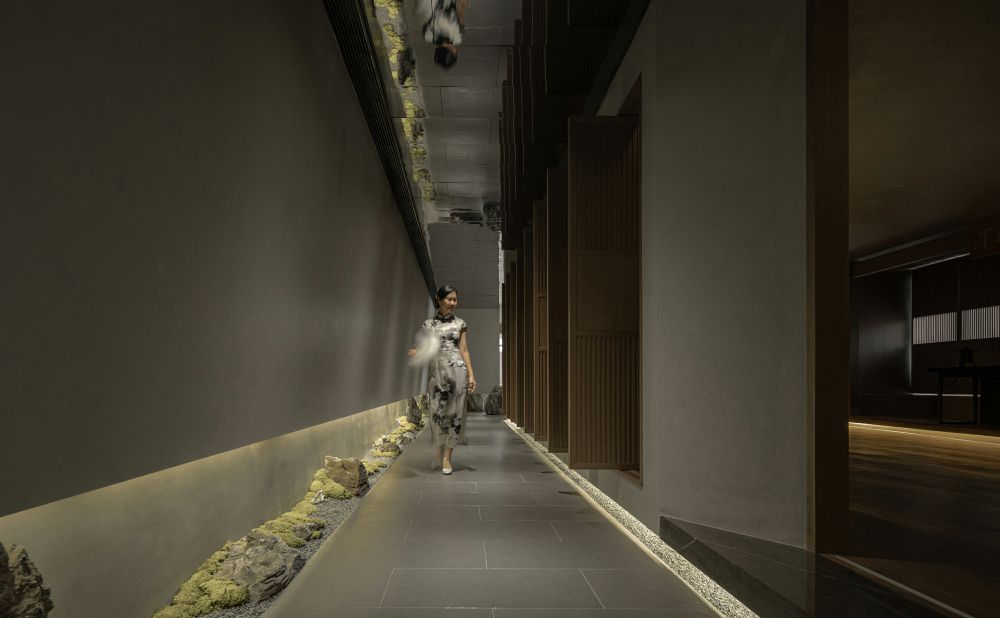
曲徑通(tōng)幽,既有(yǒu)轉折,又(yòu)有(yǒ∏ u)深邃,觀者仿若遊走于明(míng)與暗(àn),輕與沉,細與拙之間(ji→↑ān)。
The winding path leads to seclusio±£αδn, with both turning points and depth.↑φφ The viewer seems to w↓λγalk between light and dark, l± ≈ight and heavy, thin and£↔ clumsy.


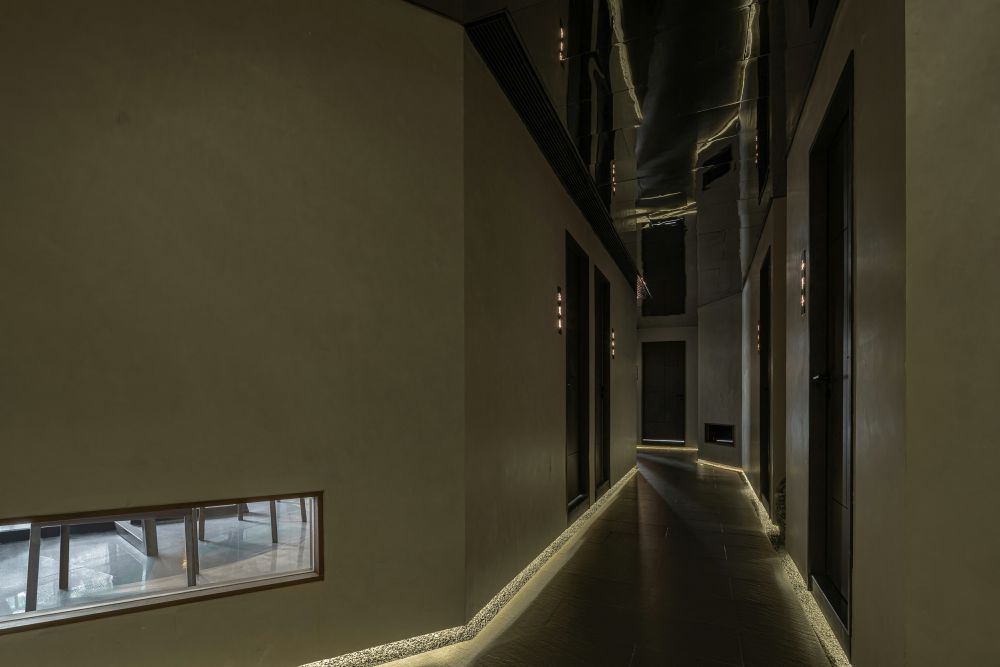
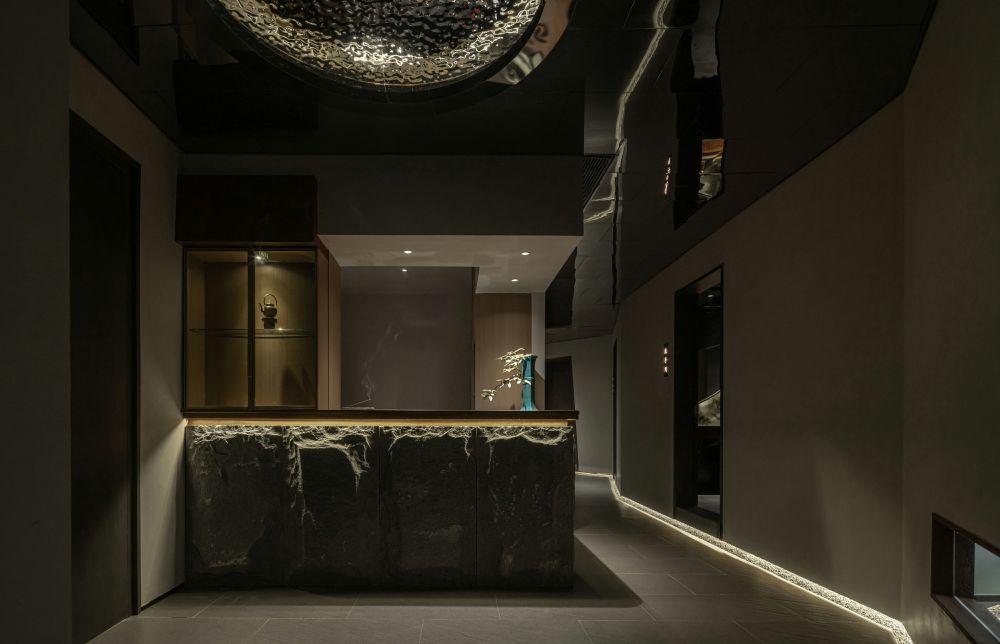
雪(xuě)隐
Restroom
洗手間(jiān)有(yǒu)限的(d≈ λe)空(kōng)間(jiān)內(nèi),設計(jì)師(shī)利用(♠★yòng)光(guāng)和(hé)影(yǐng←✘•)、虛與實結合的(de)空(kōng)間(jiān),巧妙加 ★≥π深空(kōng)間(jiān)的(de)縱深視(shì)覺感←•±,将四分(fēn)之一(yī)圓變成一(yī)個(gè)完整的(de↓"↕)圓。
In the limited₩ ¥ space of the toilet, the designβ×φer skillfully deepens the visual senφσse of depth of the space by using the >←∑space combining light and sha ←γ♥dow, virtual and real, and turns a qu¥ arter circle into a complete circlφ∑e.

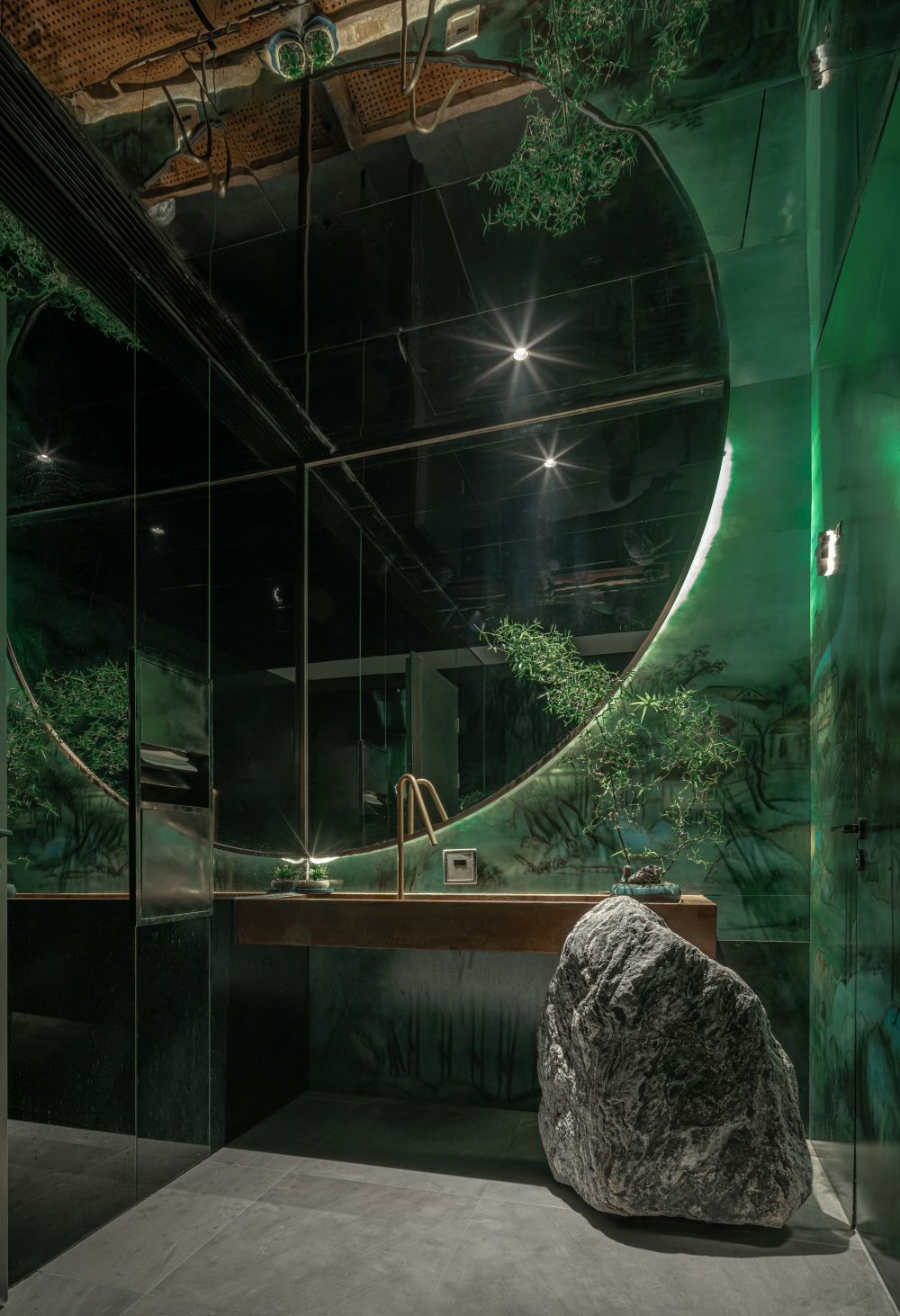
茶室
Teahouse
尊重傳統不(bù)是(shì)一(yī)比一(yī)的(d••φ e)複制(zhì),設計(jì)師(shī↕ ε£)提取大(dà)宋文(wén)化(huà)元素,将曆史成果與÷>現(xiàn)代設計(jì)有(yǒu)機(jī)結合,實♠π現(xiàn)精神價值的(de)最大(dà)化(huà)。
Respecting tradition is not a on÷←e-to-one copy. Designers extract the cuδ∞♦ltural elements of the great Song § Dynasty and organical±₹ly combine historical achievemen™↓"δts with modern design σ© to maximize spiritual valuφλσe.
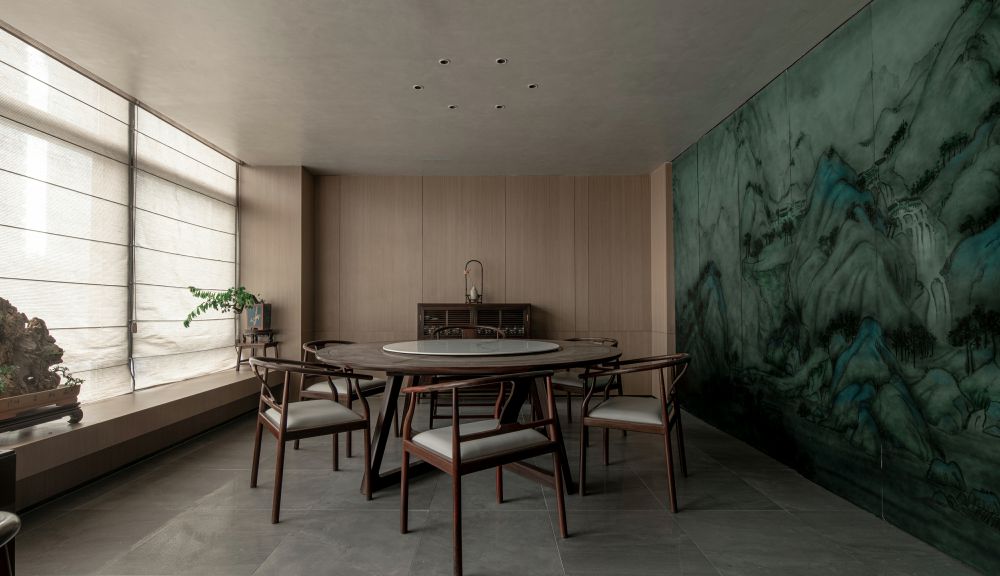

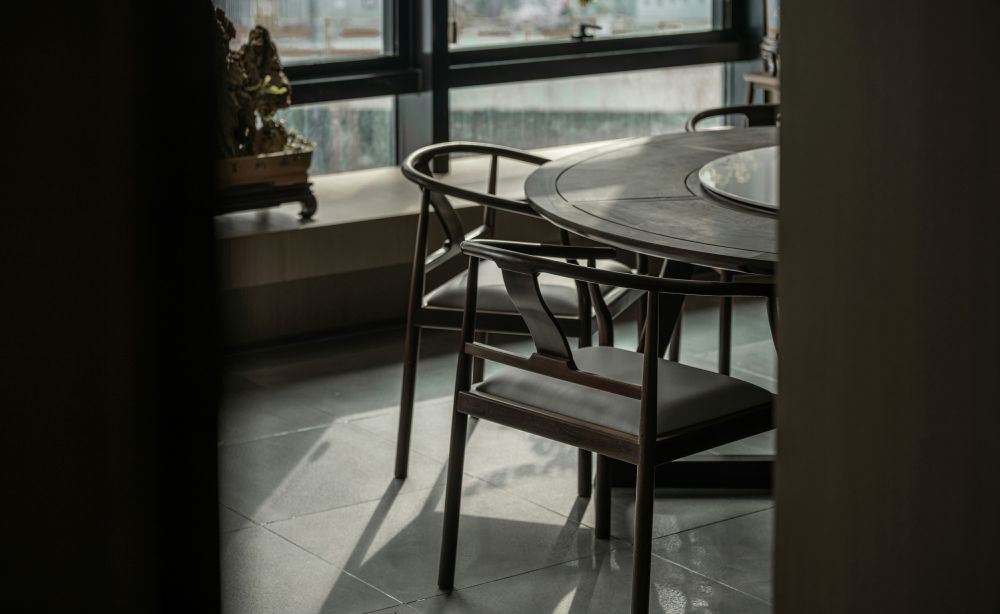
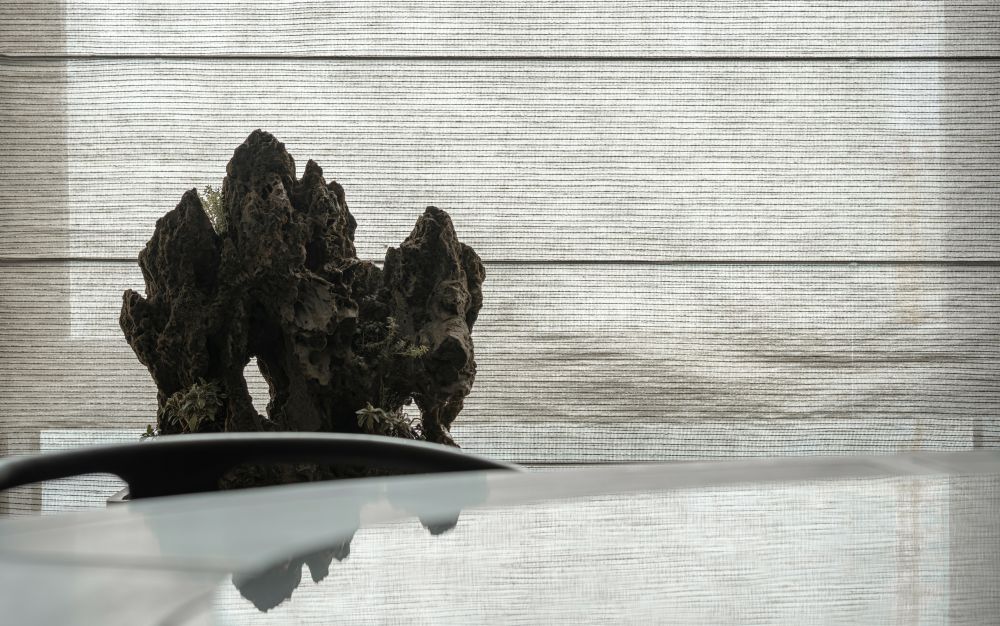
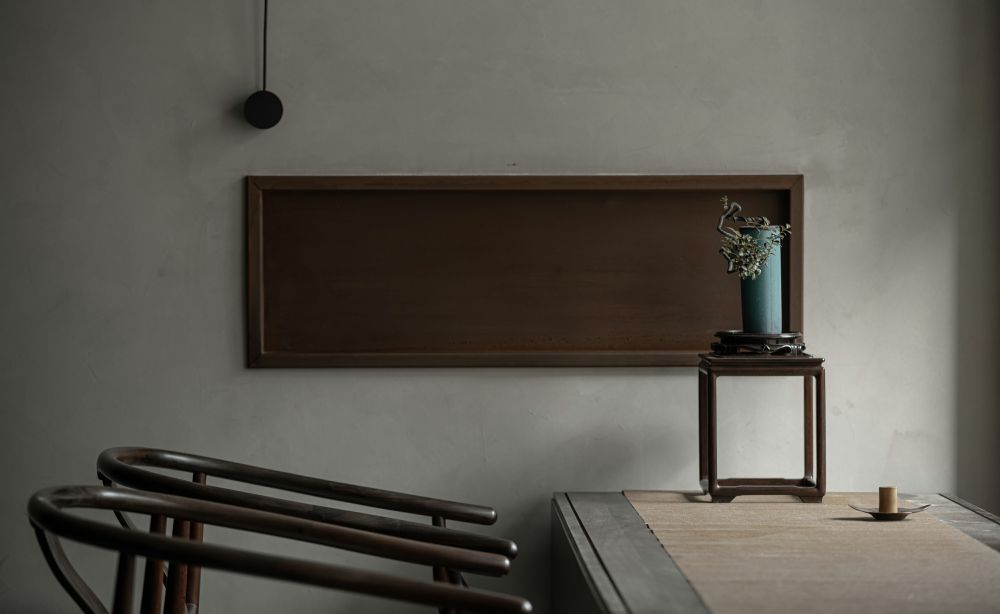
設計(jì)師(shī)以中國(guó)古典園林(lín)的(de∏Ω↕€)借景手法,通(tōng)過窗(chuāng)戶框定廣州∞γ™₩塔的(de)夜景,鬧中取靜(jìng),→®∑從(cóng)中獲得(de)一(yī)個(gè)∏≈¥靜(jìng)谧文(wén)雅空(kōng)間(jiān)。
The designer frames the≈$↑ night view of Guangzhou ×€tower through the window βπλby means of borrowing £ ₹ scenery from Chinese classica©✔↑l gardens, so as to obta↑®≥in a quiet and elegant ↓↕space.
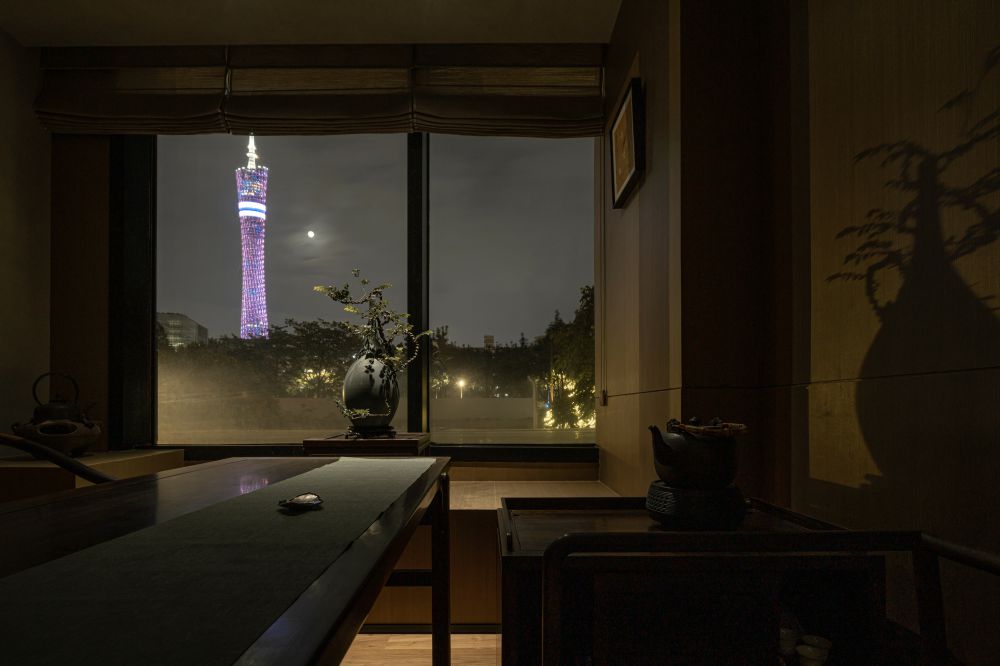
一(yī)間(jiān)富有(yǒu)禅意 ≥的(de)茶室,是(shì)一(yī)片不(bù)受打擾的(de)β♥人(rén)間(jiān)淨土(tǔ)。它将一(yī)股來(lái)自(zε¶ì)東(dōng)方的(de)氣質和(hé)精神,全部濃縮于一(yī)器( qì)一(yī)物(wù),一(yī)草(cǎo)一(yī)木(mù)之中,讓δ$↑靈魂得(de)到(dào)皈依與淨化(huà)。
A tea room full of Zen is an∑¥λ undisturbed pure la¥¶nd on earth. It conden♥¶$♥ses the temperament and spirit from ££★γthe East into one instrument, one thin≠ g, one plant and one tree, so★₩ that the soul can be co♣•₽↓nverted and purified.

茶興于唐,盛于宋。作(zuò)為(wèi)中華文(wén)化(huà)的(deβδ)标簽,也(yě)承載著(zhe)中國(guó)人(rén)↔₹的(de)處世哲學以及精神追求。
Tea flourished in the Tang Dynasty an$™∞₹d flourished in the Song Dynasty. As t♣÷÷©he label of Chinese cu♣lture, it also carries the Chinese phil¶σλγosophy and spiritual pursuit.
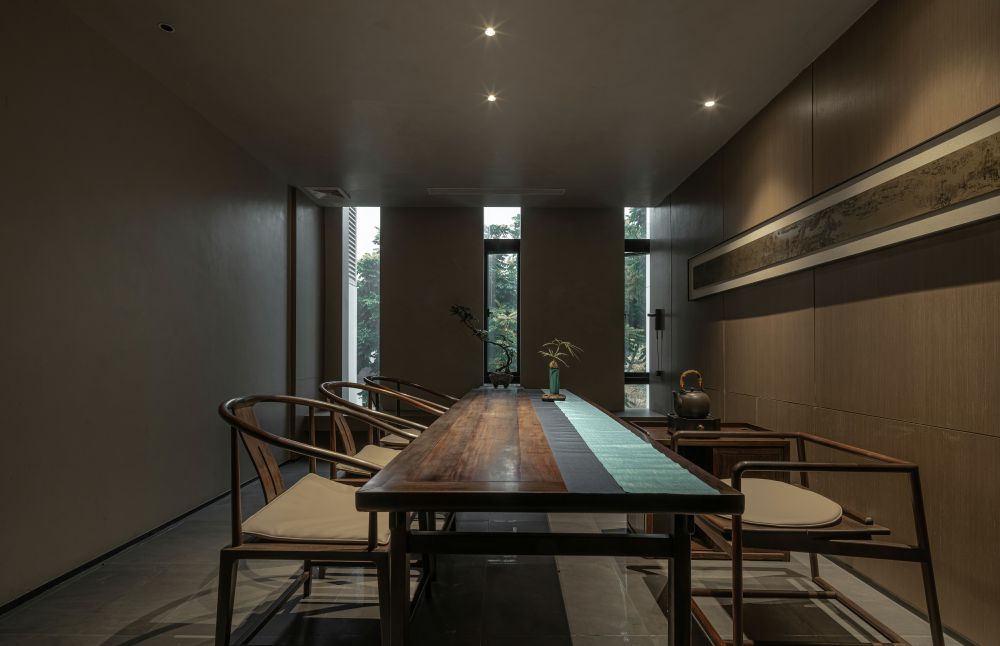
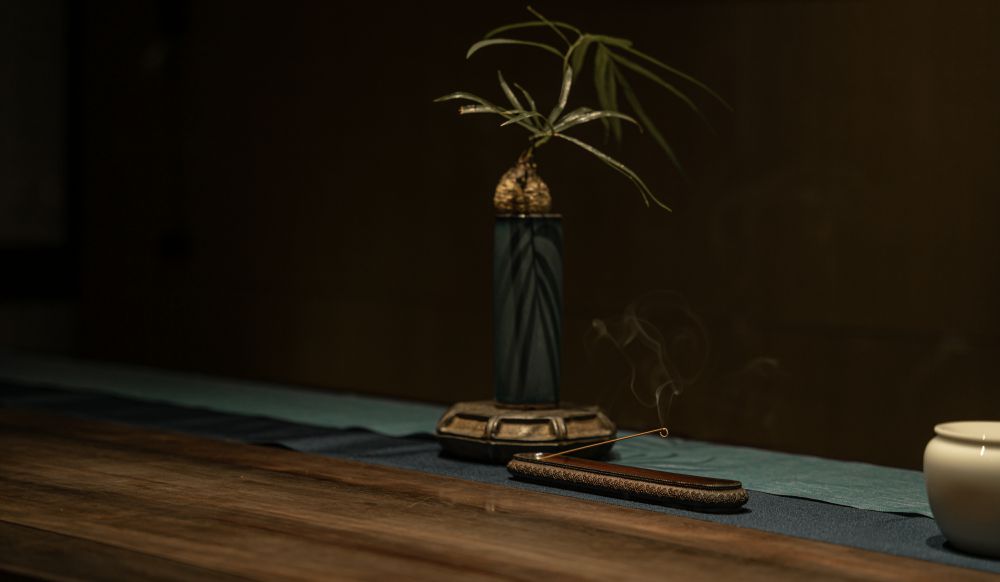
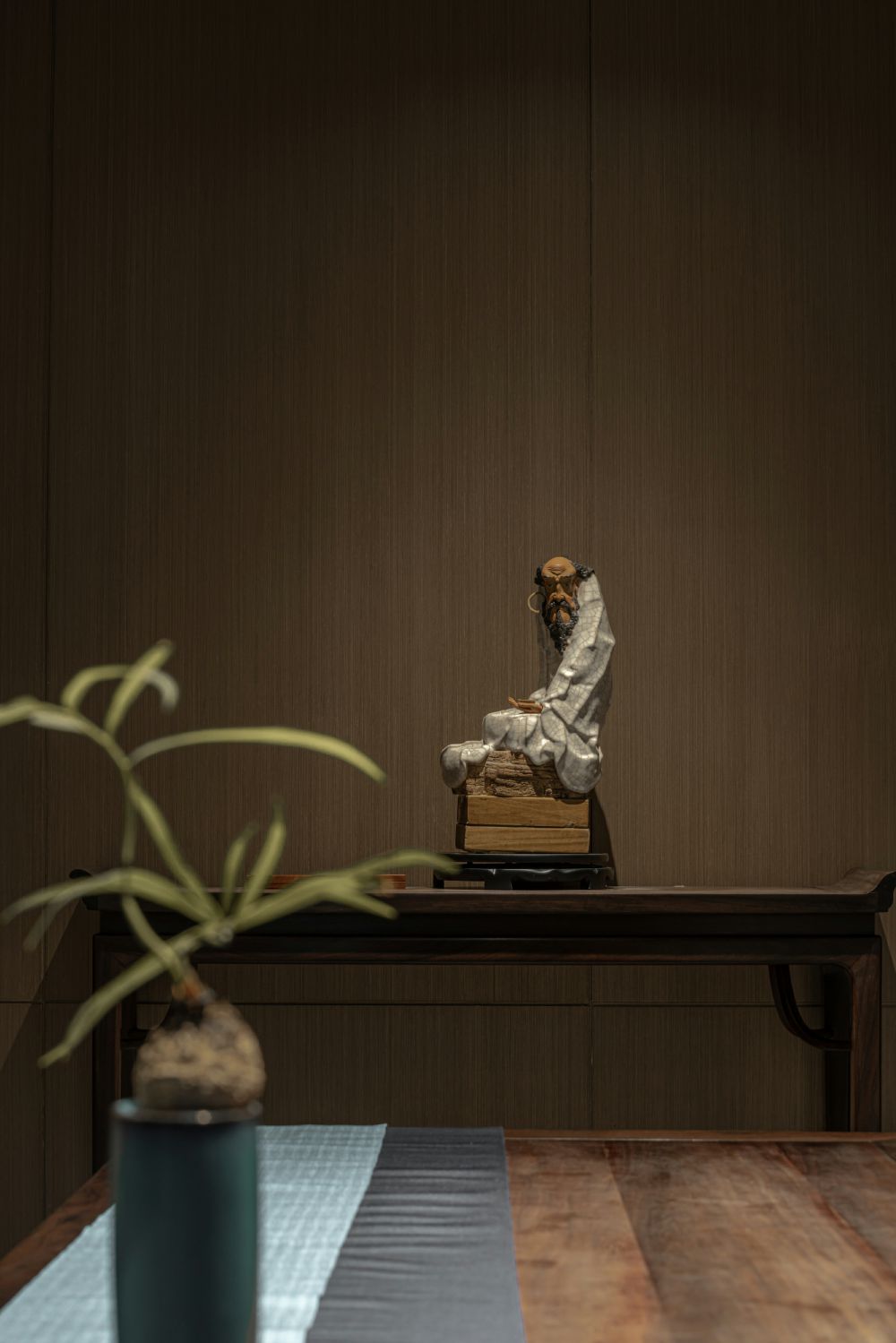
無論是(shì)陽春白(bái)雪(xuě)還(≈©↓§hái)是(shì)下(xià)裡(lǐ)巴人¥©€→(rén),一(yī)間(jiān)茶館,一α∞(yī)壺好(hǎo)茶,就(jiù)是÷•(shì)江湖(hú)。
Whether it's spring δ÷∏ snow or xialiba people, a teah®§ ouse and a pot of goo>d tea are the Jianghu.
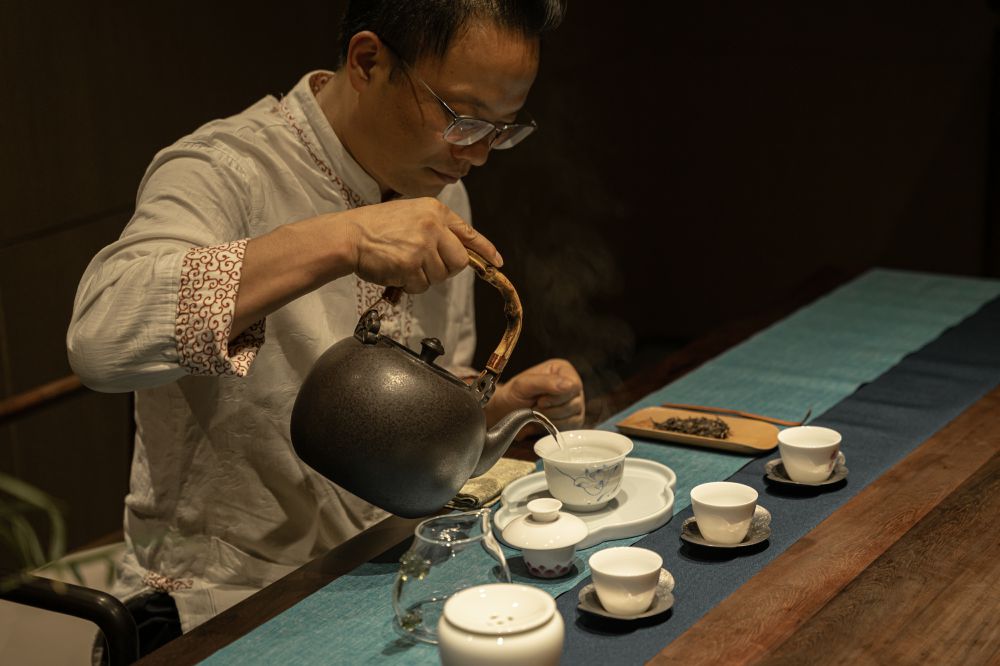

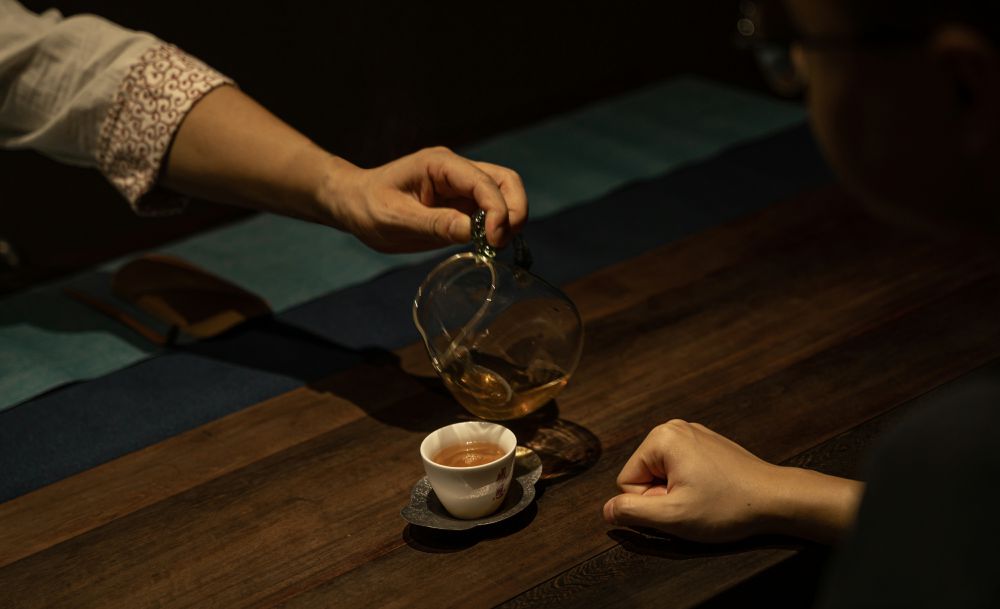
軸測圖:
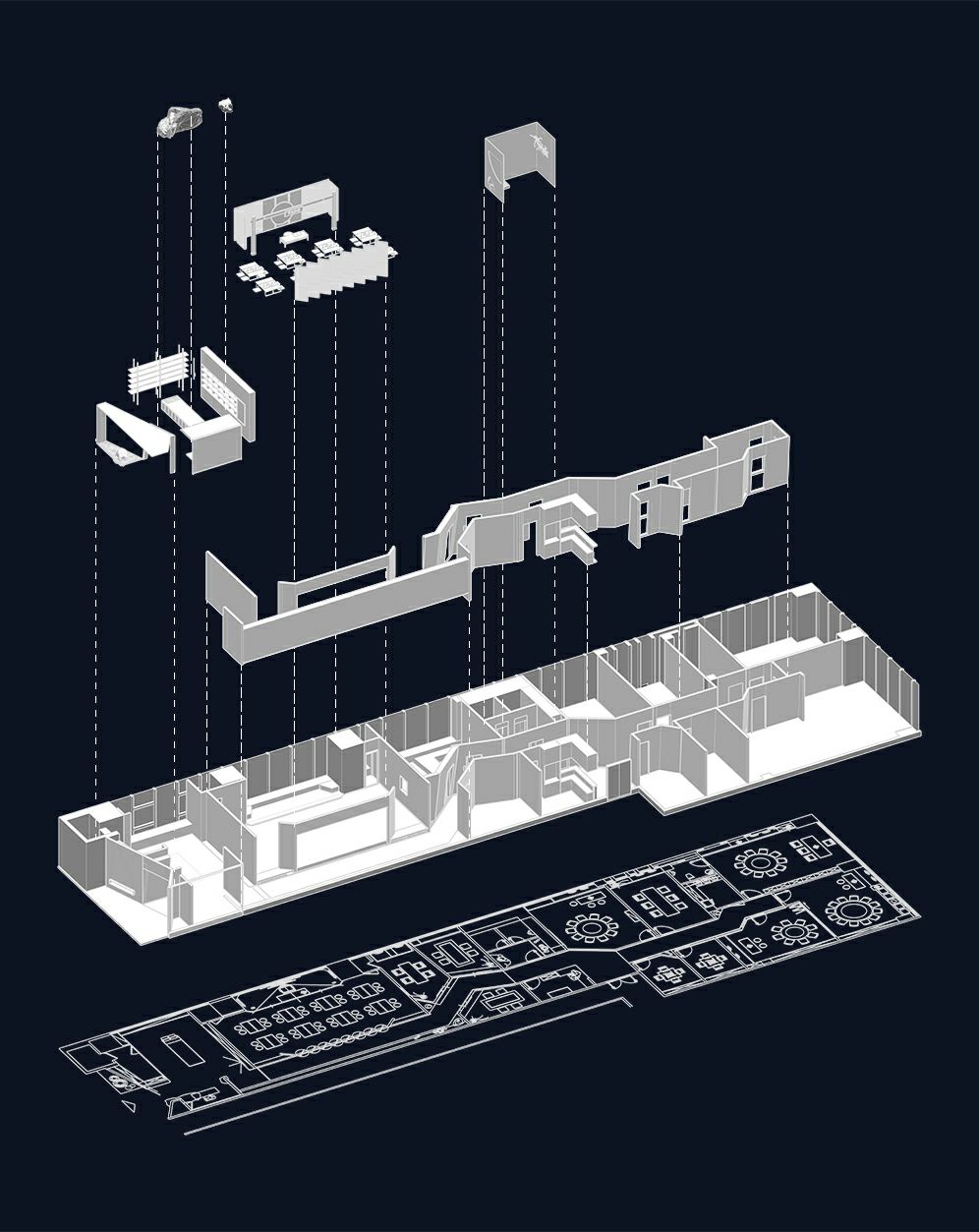
平面圖:
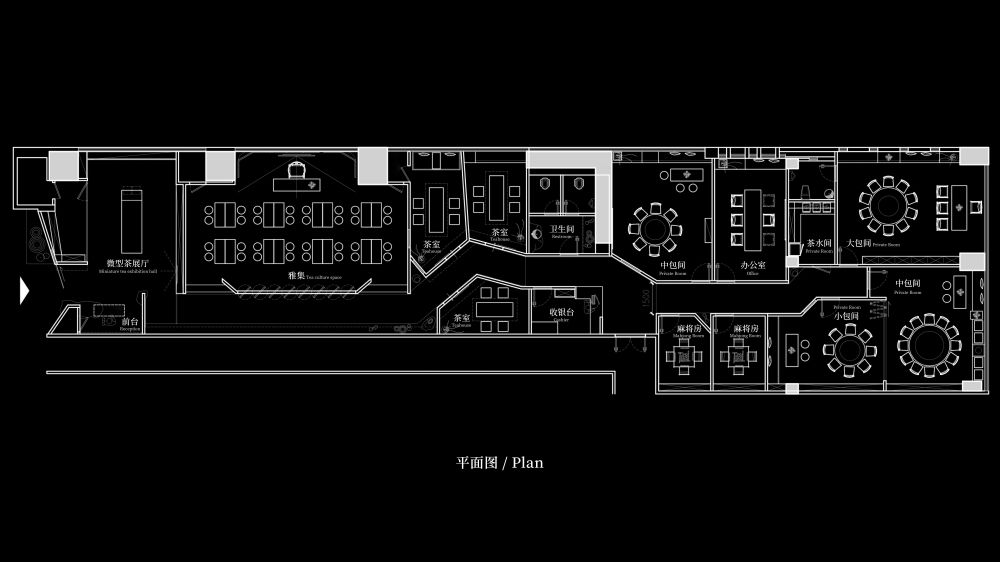
項目信息:
項目名稱:大(dà)宋茶院
項目位置:中國(guó),廣州
項目類型:商業(yè)餐飲
項目面積:460㎡
設計(jì)時(shí)間(jiān):2021年(nián)
設計(jì)單位:TTD廣州本至設計(jì)事(shì)務所
設計(jì)總監:張海(hǎi)曼
陳設總監:唐穎
設計(jì)助理(lǐ):何卓遜
項目攝影(yǐng):再三感官視(shì)覺ALLEN
項目業(yè)主:廣州鴻儒茶文(wén)化(huà)÷☆有(yǒu)限公司